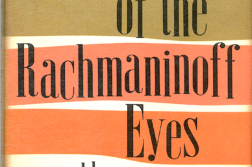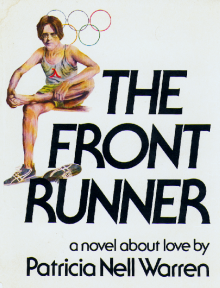AT A SMALL but select Walt Whitman exhibition mounted by the Smithsonian’s National Portrait Gallery in 2006, a tender photograph of Whitman with his partner Peter Doyle was matter-of-factly labeled as such; and my jaw dropped. It was the first time I’d ever seen an American museum correctly name this relationship, announcing in effect that Whitman, arguably our greatest poet, was emotionally involved with another man. I approached the curator, David Ward, and asked if he’d caught hell for this label. He looked at me quizzically and answered no, the label was accurate, and moreover scholars have known about Doyle for many decades.
After many years of trying, and failing, to interest an American museum in a show about glbt art and artists, I realized that here was a museum and a curator who saw things as I did. Thus began a four-year relationship with the National Portrait Gallery and with David Ward as my co-curator in Hide/Seek: Difference and Desire in American Portraiture, the first national museum exhibit to examine the history of glbt art. Designed to lend our history a literal face, the show features some of the defining icons of American art—singularly important works from the late 19th through to the 21st centuries. So well known are some of these paintings and artists that their inclusion in this exhibition should engender a national conversation about the gay and lesbian presence in American art.





